Dragon fruit (Hylocereus spp.), also known as pitaya or pitahaya, has become a popular fruit for home gardeners and commercial growers alike. Known for its vibrant pink or yellow skin, spiky appearance, and sweet, juicy flesh, dragon fruit thrives in specific climatic conditions. Understanding the ideal climate for growing this exotic fruit is essential for maximizing yield and ensuring plant health. This comprehensive guide will take you through every aspect of climate suitability for dragon fruit cultivation—from temperature and humidity to rainfall, altitude, and seasonality.
1. Native Habitat: A Clue to Its Preferences
Dragon fruit originates from the tropical and subtropical regions of Central and South America. As a climbing cactus, it is naturally adapted to warm, semi-arid environments with moderate rainfall. Over time, dragon fruit has spread to Southeast Asia, Australia, Israel, and even parts of the United States like Florida, California, and Texas—demonstrating some degree of climate flexibility.
Key Takeaway:
Dragon fruit thrives in climates that mimic its native habitat—warm, sunny, and relatively dry with well-distributed rainfall.
2. Ideal Temperature Range
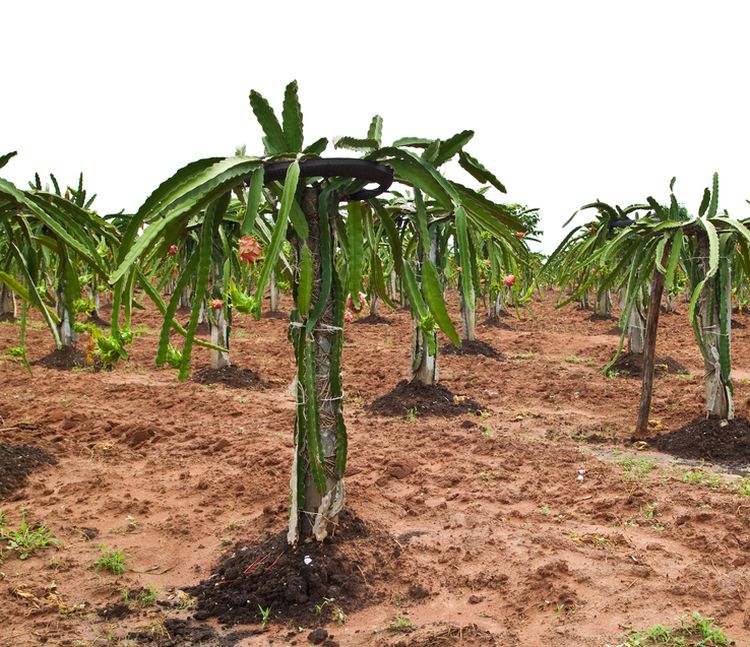
Dragon fruit plants are highly sensitive to cold. The optimal temperature range for healthy growth and fruit production is between 20°C to 35°C (68°F to 95°F).
- Minimum Temperature: The plant can tolerate short bursts of cooler weather but will suffer damage or even die at temperatures below 0°C (32°F). Prolonged exposure to frost can cause the fleshy stems to rot.
- Maximum Temperature: Temperatures above 38°C (100°F) can cause sunburn to the stems and flowers unless shaded or irrigated properly.
Practical Tips:
- In cooler regions, grow dragon fruit in containers so they can be moved indoors or protected during cold snaps.
- Use mulch and shade nets in hotter climates to reduce heat stress and preserve soil moisture.
3. Sunlight Requirements
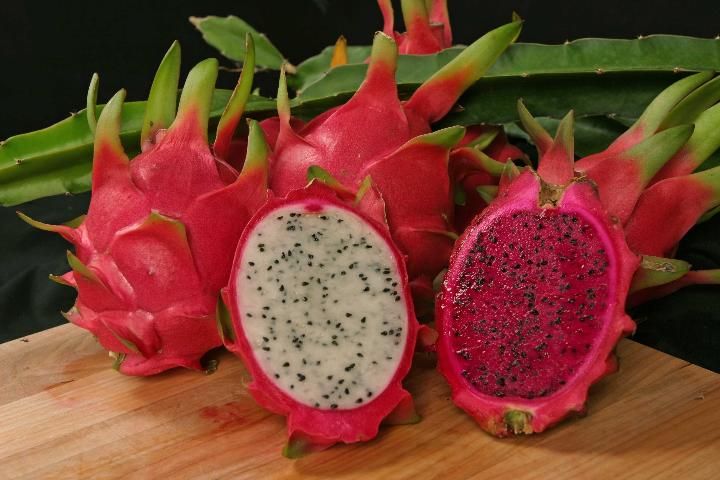
Dragon fruit plants require full sun exposure for at least 6 to 8 hours a day. Adequate sunlight promotes healthy photosynthesis, enhances flowering, and improves fruit quality.
- In very hot regions (above 35°C or 95°F), partial shade during peak afternoon hours can prevent sunscald.
- Insufficient sunlight can result in poor flower formation and leggy, weak vines.
Best Practice:
Plant dragon fruit in open areas or rooftops that receive abundant sunlight. If you’re growing them indoors or on a shaded balcony, consider using grow lights for supplemental lighting.
4. Humidity and Rainfall
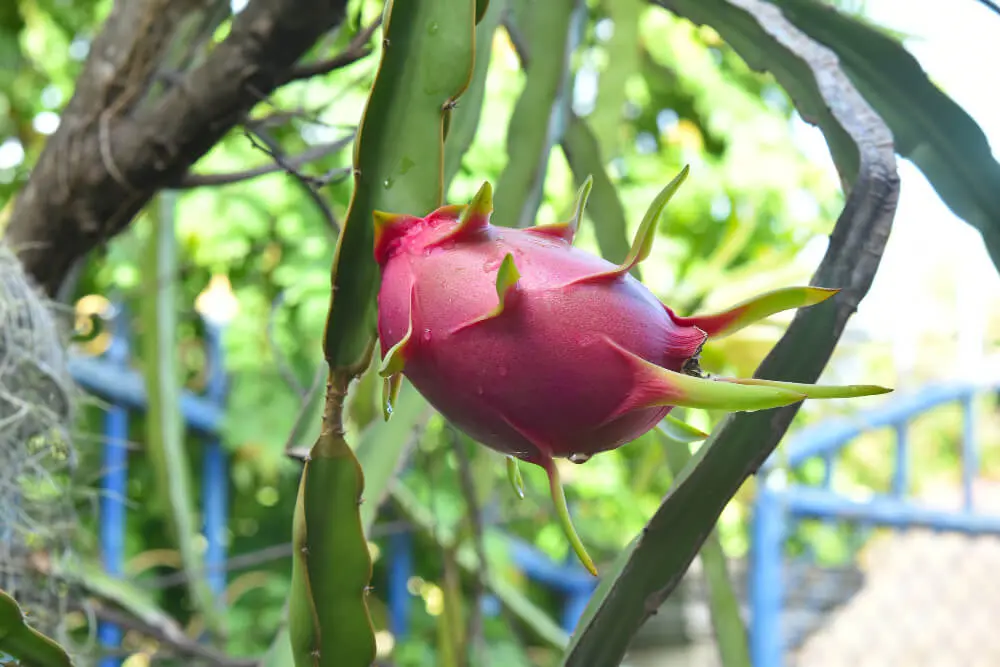
Dragon fruit prefers moderate humidity levels, ideally between 30% to 70%. Excessive moisture, especially if combined with poor drainage, can lead to fungal diseases and stem rot.
- Rainfall: Annual rainfall between 600 mm to 1300 mm (24–51 inches) is ideal.
- Excessive rainfall or high humidity may promote anthracnose, stem rot, and flower drop.
Drainage Matters:
Whether grown in the ground or containers, the soil should be well-draining. Sandy loam with added compost or perlite ensures that water drains quickly while retaining enough moisture for the roots.
5. Altitude Considerations
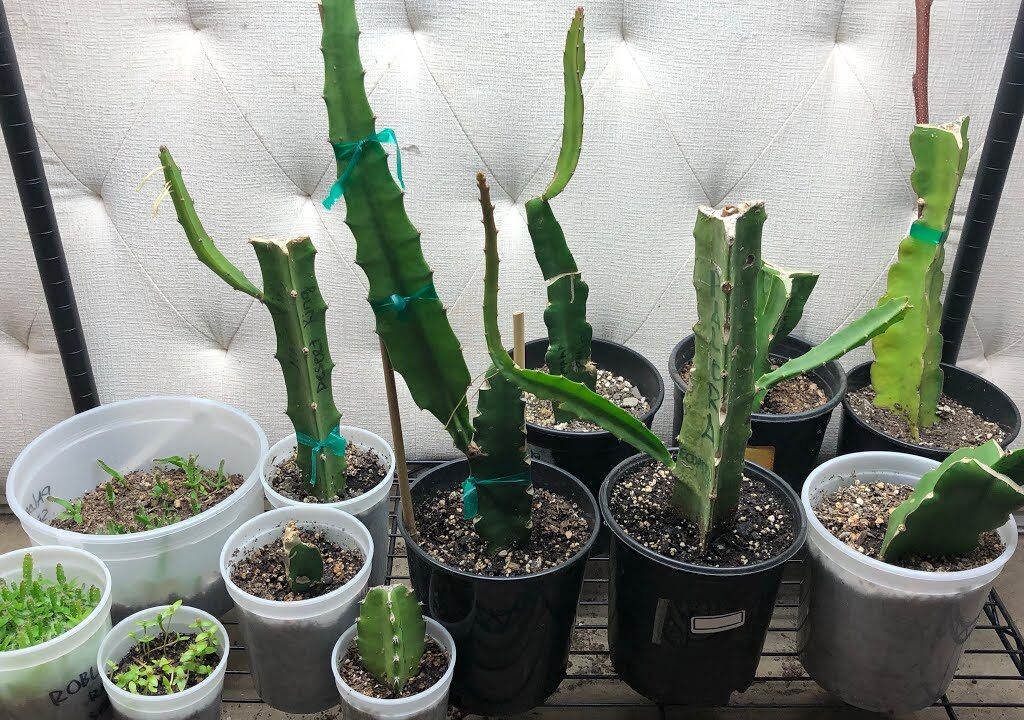
Dragon fruit can be grown from sea level up to about 1500 meters (5000 feet) in elevation. However, fruit quality and yield may vary with altitude:
- Low Elevations (0–500 m): Best suited due to warmth and consistent heat units.
- Mid Elevations (500–1000 m): Still good, but colder nights may slow growth.
- High Elevations (1000–1500 m): May experience slower development and higher risk of frost.
Adjusting for Elevation:
At higher altitudes, focus on creating a microclimate using greenhouse structures or cold frames to maintain optimal growing temperatures.
6. Seasonal Considerations
Dragon fruit is a long-day flowering plant, meaning it flowers more when daylight exceeds 12 hours—typically in the spring and summer months.
- In the tropics, fruiting can occur 2–3 times a year due to continuous warmth and light.
- In subtropical areas, expect a single major harvest from late summer to early fall.
Bloom to Harvest Timeline:
Once flowers bloom (often at night), the fruit matures within 30 to 50 days, depending on the climate and variety.
7. Regional Suitability: Where It Grows Best

Let’s explore how different parts of the world align with the ideal climate for dragon fruit:
a. India:
- Best suited regions: Maharashtra, Gujarat, Andhra Pradesh, Tamil Nadu.
- Climate: Semi-arid to tropical—suitable for commercial and rooftop farming.
b. United States:
- Ideal in USDA Zones 9–11: Southern California, Florida, Arizona.
- In colder zones, container gardening indoors is recommended.
c. Southeast Asia:
- Countries like Vietnam, Thailand, and the Philippines have optimal weather with warm temperatures and moderate rainfall.
d. Australia:
- Grown successfully in Queensland and Northern New South Wales with plenty of sun and warmth.
8. Coping with Non-Ideal Climates
Even if you don’t live in the perfect climate zone, dragon fruit can still thrive with proper care:
- Cold Climates: Use greenhouses or bring potted plants indoors during winter.
- High Rainfall: Improve soil drainage and space plants well to ensure air circulation.
- Low Humidity: Mist the plant occasionally or install humidity trays.
9. Microclimate Creation for Urban Growers
Urban gardeners can create microclimates even in less-than-ideal settings:
- Balconies and Rooftops: Use vertical trellises for sun access, and protect plants with UV-resistant netting.
- Windowsills: Place containers on the sunniest side of your home and rotate regularly.
- Indoor Setups: Use LED grow lights (3000K–6000K) to simulate sunlight during shorter days.
10. Final Tips for Climate-Based Success
- Monitor temperature daily during extreme seasons.
- Water deeply but infrequently to mimic desert-like conditions.
- Avoid over-fertilizing in very hot weather, as it can stress the plant.
- Mulch the soil to regulate temperature and moisture.
Conclusion
Dragon fruit is a rewarding plant that thrives when provided with the right climate. A balance of warmth, sunlight, moderate humidity, and well-drained soil will ensure your plant not only survives but flourishes. Whether you live in a tropical region or are trying your luck in a cooler area with some help from technology, understanding the ideal climate for dragon fruit is the first step toward sweet success. By mastering these environmental cues and making smart adjustments, you can enjoy fresh, home-grown pitayas no matter where you live.


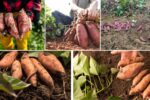



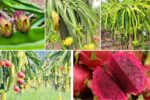
Leave A Comment